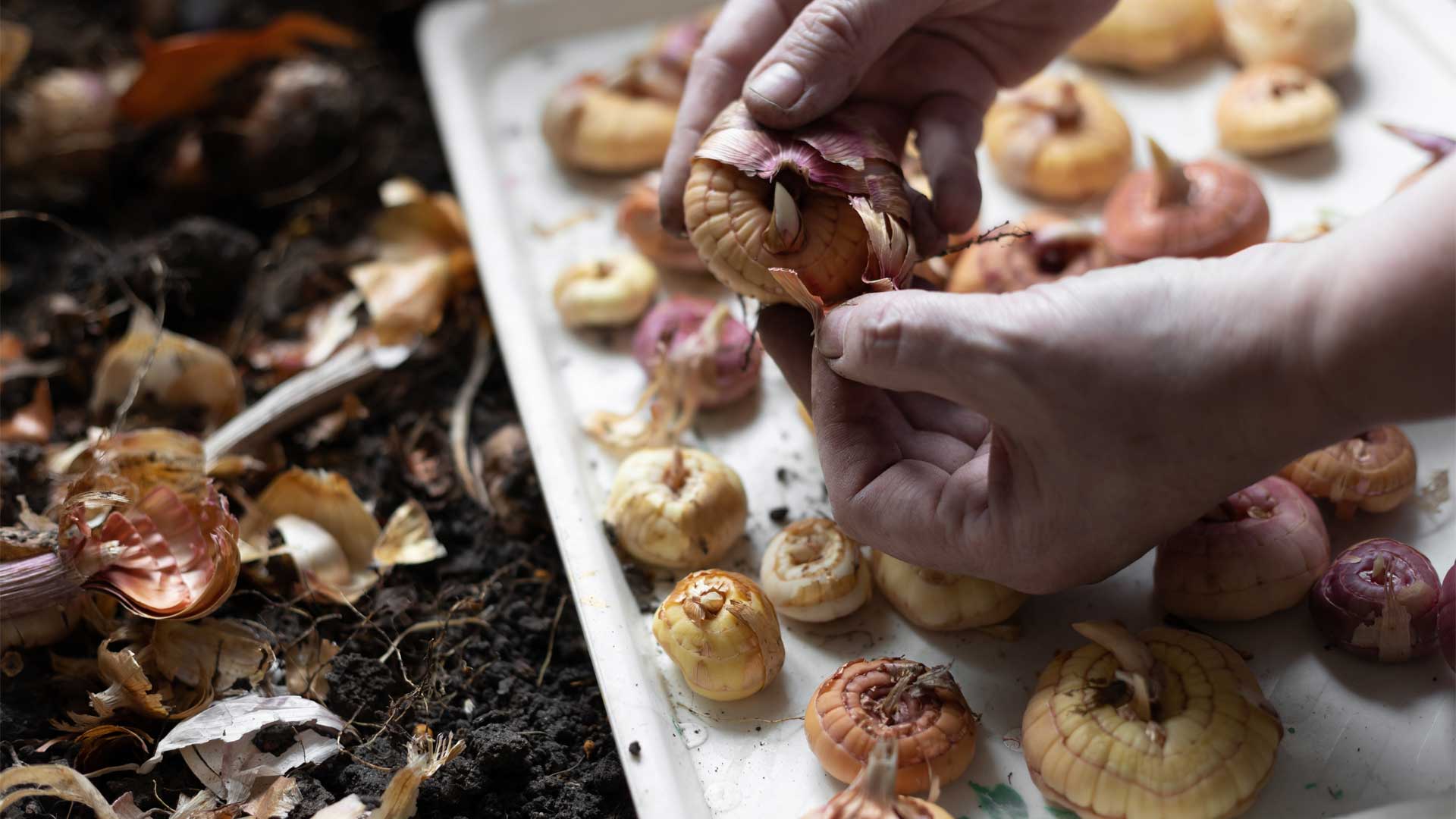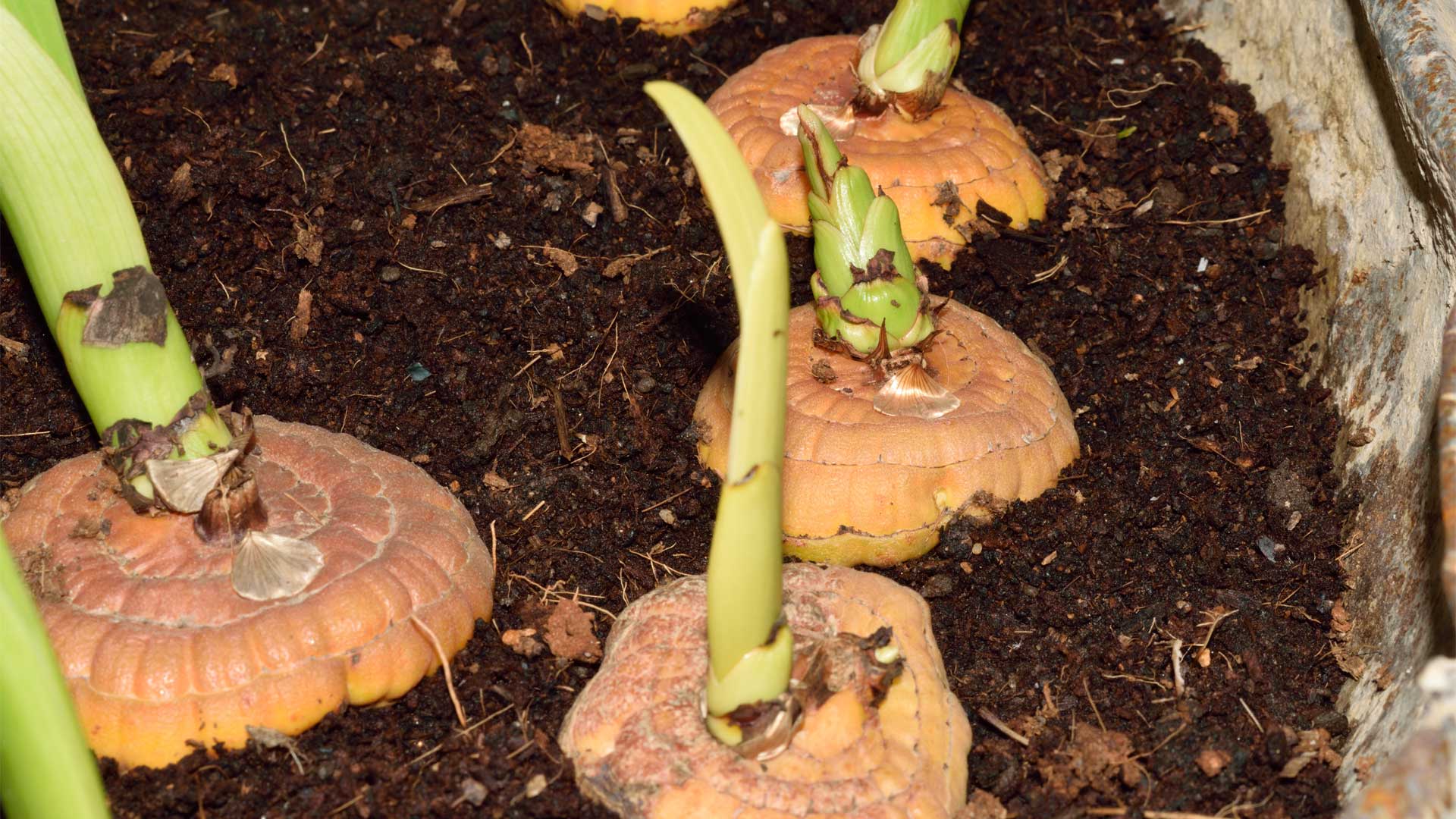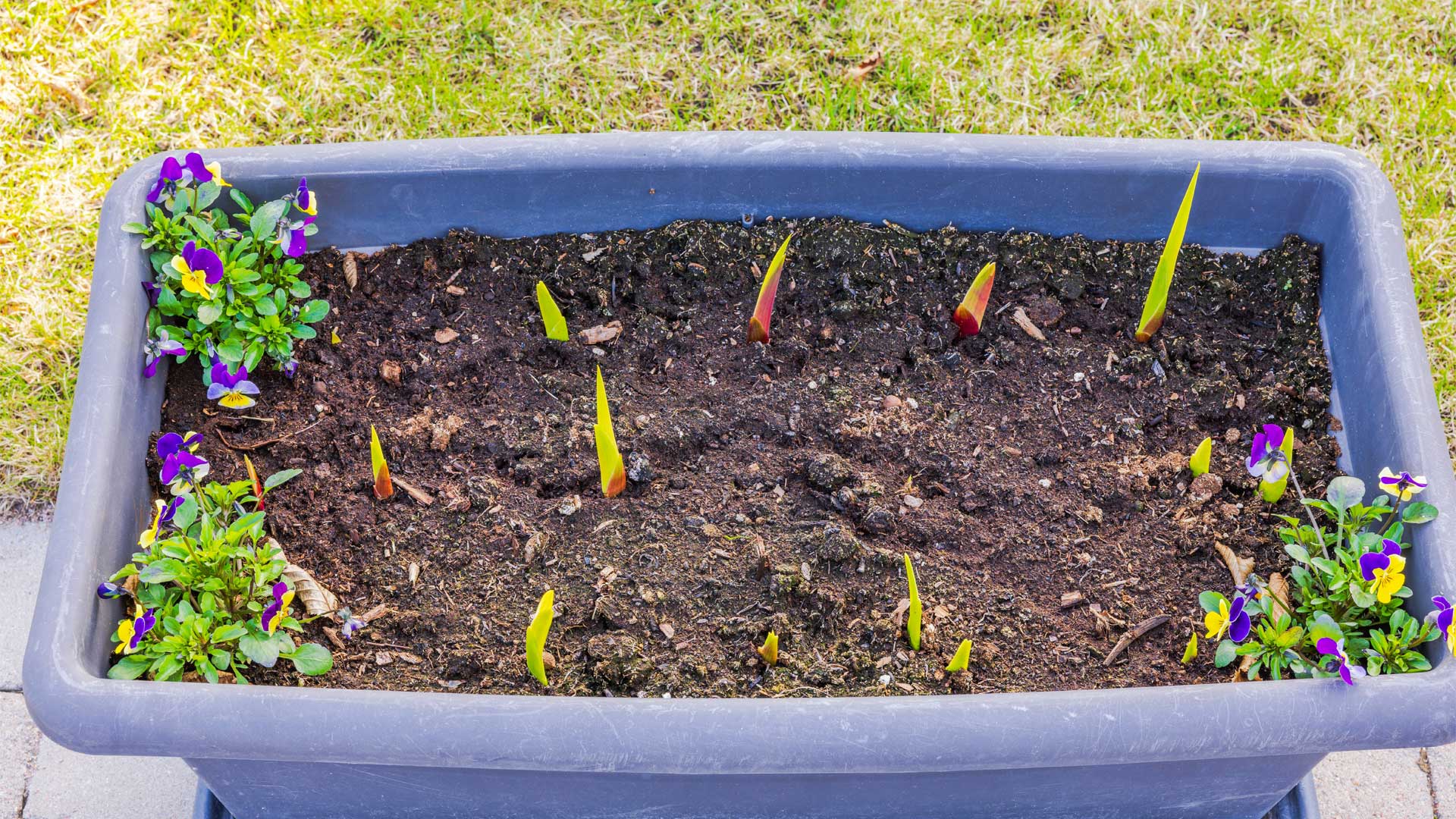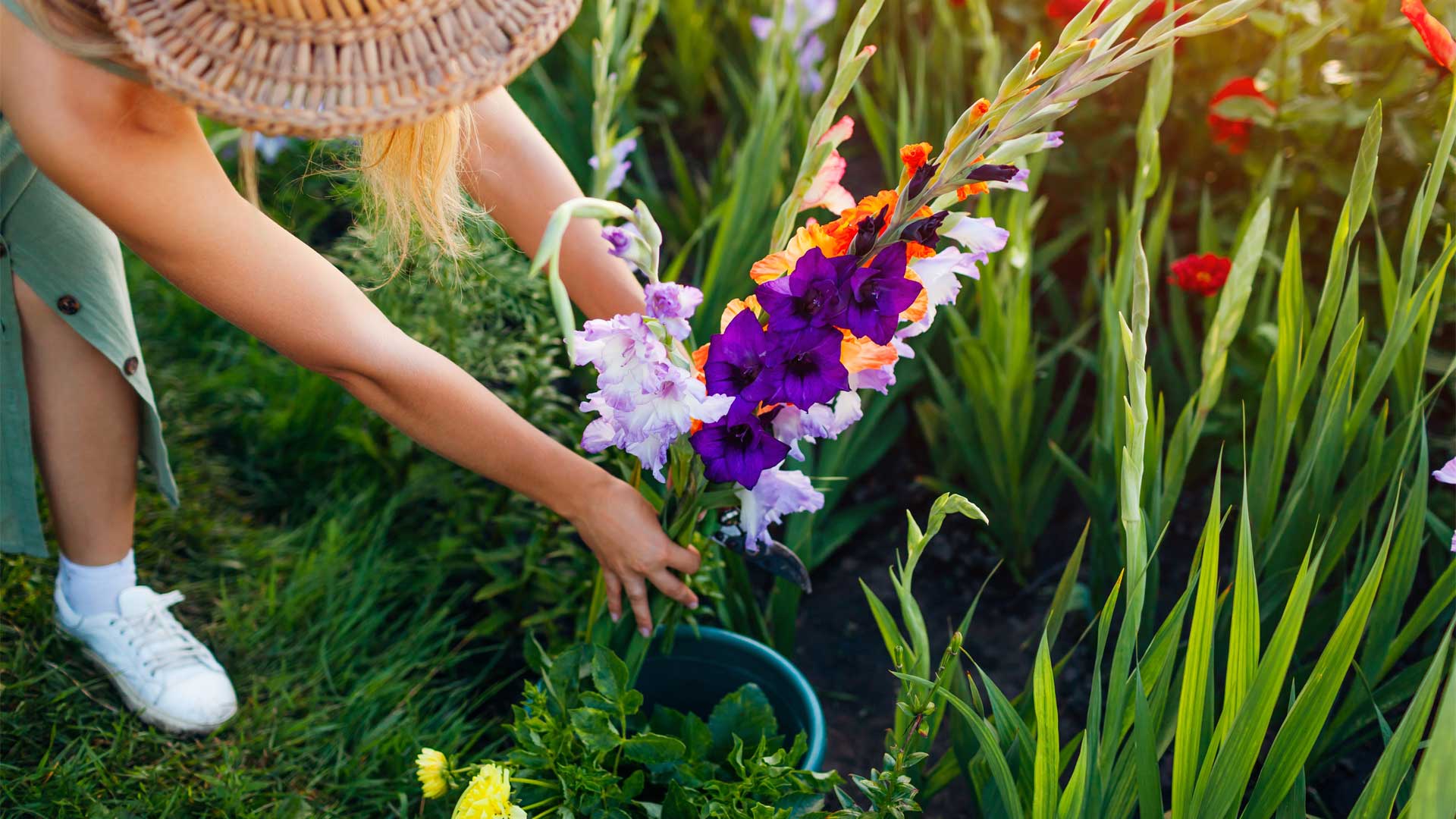To guarantee optimal blooms during the summer season, it’s important to know how to wake up your summer bulbs in spring. Dahlias, gladiolus, cannas, and tuberous begonias bring vibrant color to gardens, but these bulbs are not hardy in our climate and require special care to survive year after year.
A gentle awakening

After spending the winter in dormancy, summer bulbs need to be properly reawakened to ensure a spectacular bloom in the coming months. Follow these steps to do it right.
Start by inspecting your bulbs. In early spring, take them out of storage and examine them carefully. Discard any that show signs of rot or excessive dryness. A healthy bulb should be firm to the touch and free from suspicious spots.
Preparing for planting

Since it’s too cold to plant bulbs directly in the ground in March and early April, it’s best to start them indoors. Place them in pots filled with a light, well-draining potting mix, burying them at a depth of about two to three times their height. However, for tuberous begonias, make sure not to cover them with more than 1 cm of soil.
Water lightly to moisten the soil, but avoid overwatering to prevent rot. This early growth phase allows the plants to develop before being transplanted outdoors.
To ensure healthy growth, place the pots in a bright area with an ambient temperature of around 20°C. Keep the soil slightly moist, but avoid excess water, which could cause the bulbs to rot. This pre-growth period helps bulbs establish strong roots and begin growing before they are moved outside.
Hardening off before planting

Once the risk of frost has passed, typically after mid-May, begin acclimating your plants by taking them outside for a few hours each day. Gradually increase their exposure over a week. This process, known as hardening off, helps them adjust to outdoor conditions.
Next, choose a sunny location with well-drained soil. Plant the bulbs or young plants at the recommended spacing for each species. For example, dahlias should be planted about 60 cm apart, while gladiolus can be spaced 10 to 15 cm apart. Water thoroughly after planting to help the roots establish.
Caring for growing plants
To encourage abundant blooms, it’s essential to provide proper care throughout the season.
For watering, keep the soil consistently moist, especially during dry periods. However, avoid excessive watering, which can lead to bulb rot.

For fertilization, apply a balanced fertilizer every four to six weeks to support growth and flowering. A fertilizer rich in phosphorus will particularly help boost flower production.
Some plants, like dahlias, may need staking to prevent their stems from breaking under the weight of the flowers or strong winds. Install stakes at planting time to avoid damaging the roots later.
Don’t forget to weed the area around your plants to reduce competition for nutrients and water. A layer of organic mulch can help control weeds and retain soil moisture.
Preparing bulbs for winter storage

As fall approaches, it’s crucial to prepare your summer bulbs for winter storage. After the first light frosts that kill the foliage, carefully dig up the bulbs. Let them dry in a cool, dry place for a few days to allow wounds to heal and reduce the risk of rot.
A few days later, remove excess soil and trim the foliage to about 5 cm above the bulb. Store the bulbs in boxes or paper bags, separating them with newspaper or peat moss to prevent excess moisture. Keep them in a cool, dry, and dark place, ideally between 8 and 12°C.
By following these steps, you’ll ensure the health and vigor of your summer bulbs, guaranteeing spectacular blooms year after year.






